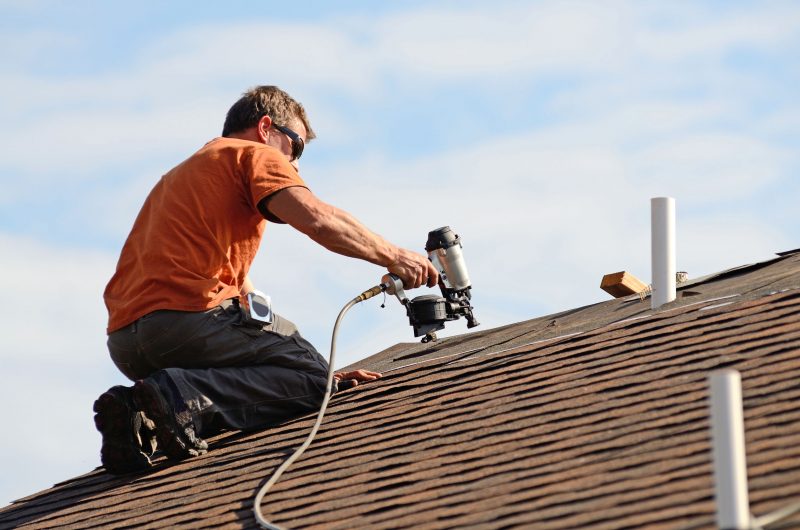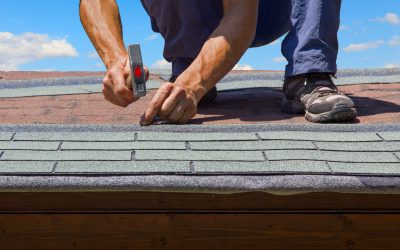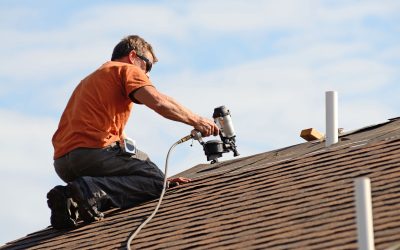The 2014 effort by Florida State OSHA inspectors is to convince residential roofing contractors that the industry must significantly reduce falls, injuries, and fatalities due to falls. Slip, trip, and falls occur mostly in re-roofing projects where materials are piled on the roof and the momentum from ripping roofing materials off the structure may cause a fall. Fall restraint systems are intended to protect the worker from falling off the roof and incurring serious injury to themselves. All roof replacement proposals should include safety upgrades.
The Roofing Restraints Debate
The roofing contractors want slide guide rails re-implemented. The OSHA Directive issued in December 2010 banned this option. The new requirements require more robust fall protection measures that require a full day to construct and a full day to deconstruct these protective systems, i.e., guard rails. The problem for the contractor and the homeowner is that a job that once took one day to complete can grow to be a three-day project. The problem with this approach is that the safety record, since the rule was implemented, has not improved.
OSHA Crackdown Due to Neglect by the Roofing Industry
When contractors complain that the slide rail system is a better solution, the OSHA inspectors state that they didn’t use it when it was allowed prior to December 2010 – hence the stricter ruling. Unfortunately, for OSHA, the fall rate is still too high and the rule is proving ineffective.
Need for Cooperation
OSHA and Roofing Contractors must decide to work together to solve the problem of preventing falls for roofing employees. Effective safety standards can be developed by workers in the field and by government regulators if they will only communicate with each other. The roofing industry understands the safety concerns for the roofing worker, albeit, too late. By not utilizing the slide guiderails, they lost their input into safety measures and now must comply with more costly solutions.
Should the Homeowner be Concerned?
The homeowner ultimately bears the burden of the costs. Roof replacement proposals must include safety upgrades, which is more costly to the homeowner. While homeowners are extremely concerned about worker safety on their property, residential roofing should not take three days of labor to complete the project for the average home. New solutions are needed now to reduce the costly effects of regulations and reduce the harm workers are suffering due to lack of effective, fall prevention measures.



